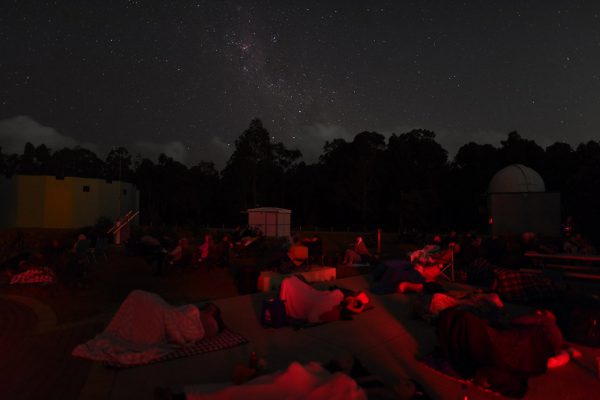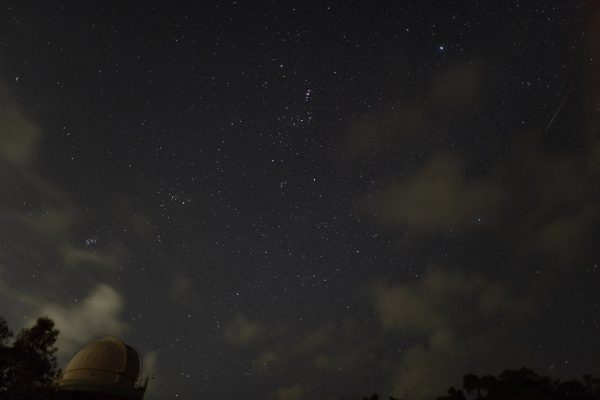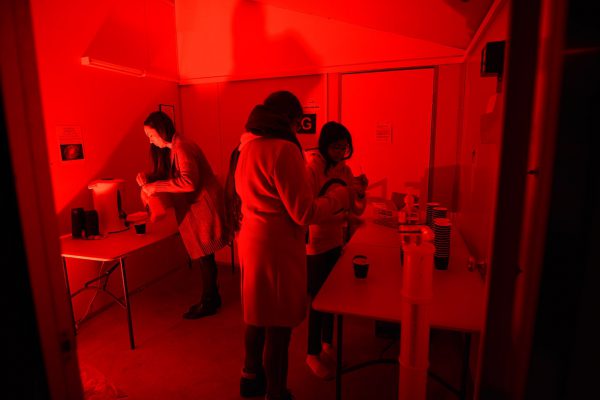
This time of year brings up many things shooting across the night sky, and although the most important one adorns a red suit and flying fauna, nature also brings us the beauty and wonder of the annual Geminids Meteor Shower.
The Geminids Meteor shower happens around Mid December each year and can be witnessed over a few days in both hemispheres. Named the Geminids as the meteors radiate around the constellation Gemini, though they can be seen throughout the whole night sky, the parent body of the Geminids comes from the Palladian Asteroid 3200 Phaethon. They travel about 35km/s across the night sky and during optimum viewing conditions up to 130 Meteors can be seen per hour.

On Wednesday the 13th of December the Perth Observatory held a sold-out event that allowed viewers to sit back and relax with their eyes pointed to the sky. News certainly got around prior to the event as our marketing representative Matt Woods appeared in many of the Perth Media channels to tell the public about the annual phenomena.
The Observatory was bombarded with curious people wanting to come up and have a look at the sky. Those that had purchased tickets early were lucky to secure a place and as we filled up fast we had to turn cars away. It certainly is worth booking online early.

Our lucky viewers were treated to a look through the Observatory Museum and a quick night sky demonstration before the show started. They sipped hot chocolate, tea and coffee while they watched the sky light up with over 40 meteors possibly even more (I stopped counting). During the quiet spaces, our night tour operators had the scopes targeted on the Orion Nebula and the Tarantula Nebulae.
The night was a success with nature and the Perth Observatory putting on a beautiful show. Remember to keep an eye on our Facebook page for news on the next Meteor shower event at the Perth Observatory.





